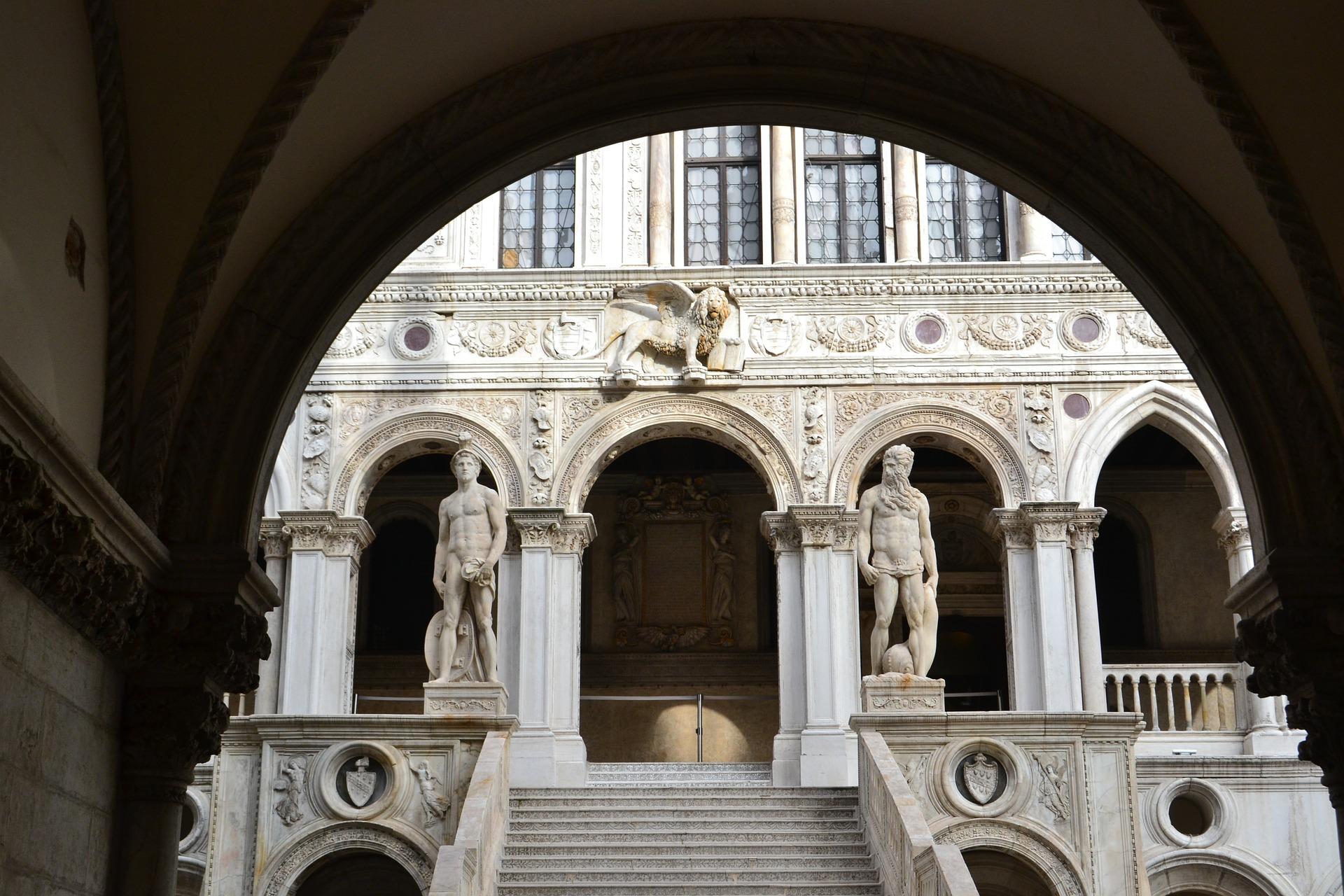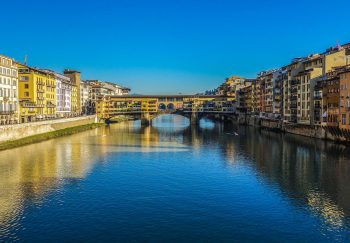Marino Faliero, the Doge of Venice who was ‘condemned of memory’ and his portrait removed from the Great Hall at the Doge’s Palace. What did he do?
Venice was at its peak in power in the 14th century. You would have seen great grandeur in the city at the height of the Renaissance. Magnificent paintings, architectural masterpieces, and, let’s not forget the Venetian Carnival were all at the beginning. Under the elaborate mask of extravagant costumes and lavish parties, there was a complex tapestry that woven together greed, power, and fragile egos.
The Republic of Venice, as it was then known, had a diverse ruling system. The Great Council was made up of noble families from Venice. It elected the doge as the head of the republic. The Council of Ten was also elected by the Great Council. This secret group of, guess what, ten members was designated to investigate and prevent any plots against the state. While most Doges believed they were superior to the Council of Ten they frequently underestimated how much influence the ten had in the Senate. One Doge discovered this the hard way…
Marino Faliero: Soldier, ruler, and coup leader
Marino Faliero, a former Doge, was well-suited to assume the role of naval and military commander when he was elected to office in 1354. Faliero, despite his role as governor of the provincial towns was well-known for his propensity to take offense at minor irritations. Faliero once publicly slapped a bishop for being late to an official ceremony, in front of everyone.
He was a prima donna in the Venetian court and nothing changed after he was elected Doge of Venice in 1355. Legend has it Faliero arrived in Venice under a thick fog that prevented him from landing at the spot where Doges are usually received. Faliero had to take a detour and go through the Piazzetta, where executions were held. This was a sign of Faliero’s future in the position.
Faliero hosted a ball at Doge’s Palace in 1355. It was a lavish affair attended by many Venetian nobles. Michele Steno, a young man from a patrician background, made a joke about Marino Faliero’s (much younger) wife being unfaithful to other members of his court. Faliero was so offended that he had the youth chased from the room. According to legend, Steno sneaked back into the room afterward to carve a message for the Doge. He wrote: “Marin Faliera dilla bella, ed la mantiene!” The Doge was furious and demanded that Steno be punished severely. Faliero’s powers were restricted after only one year of his rule. (Did we mention that he was quick-tempered?) He had to wait for a decision by the Council. Steno received a simple slap on his wrist after reviewing the case. Faliero wasn’t happy, it was obvious.
Power play
The Doge was infuriated and humiliated. He wasn’t in the right mindset to make sound decisions. He attempted to take over the Venetian State. His followers devised a plan to take over: They would spread the rumor that Genoese warships were preparing an attack on Venice. Panic would ensue and an army of trusted conspirators would declare Faliero Prince of Venice. They would kill as many young Venetian nobles as possible. Although the Doge was undoubtedly motivated by revenge, many believe that Steno’s insult prompted the attack.
Faliero was betrayed and his plan was revealed to the Council of Ten. All those suspected of being involved were executed immediately to stop the coup attempt on April 17th, 1355. Ten people were hanged from the palace windows by Marino Faliero. The main instigator of the coup, Marino Faliero was taken to the Palace’s top of the staircase – the exact spot where he had been crowned Doge not too long ago. He confessed his guilt and was executed.
The public was shown the Doge’s corpse as a statement about the Council’s ability and warning about what would happen to those who did not obey the Senate.
Are you interested in art history You can check out our post about paintings that are comparable to the Sistine Chapel.
It’s gone, but it is not forgotten
The Doge was then sentenced to Damnatio memorable, a condemnation of memory. He would be removed from all official documentation. The Doge’s portrait was then painted over in the Hall at the Great Council in Doge’s Palace. Faliero was not mentioned in the Council’s official statements.
However, the story is not just about greed, power, and revenge. It also has a common theme: All their grand plots fell apart. Faliero failed to grab power, and the Council did not succeed in erasing Faliero from history. Unofficial, external documents documented the events. Ironically, curiosity grew about the details of the measures taken to eliminate the Doge. Romantic poet Lord Byron was inspired to write a play based upon Faliero’s story after he visited the Doge’s Palace and found the portrait. The events were also depicted in several paintings by artists in the 19th century, such as The Execution Of Marino Faliero (1827) by Eugene Delacroix.











